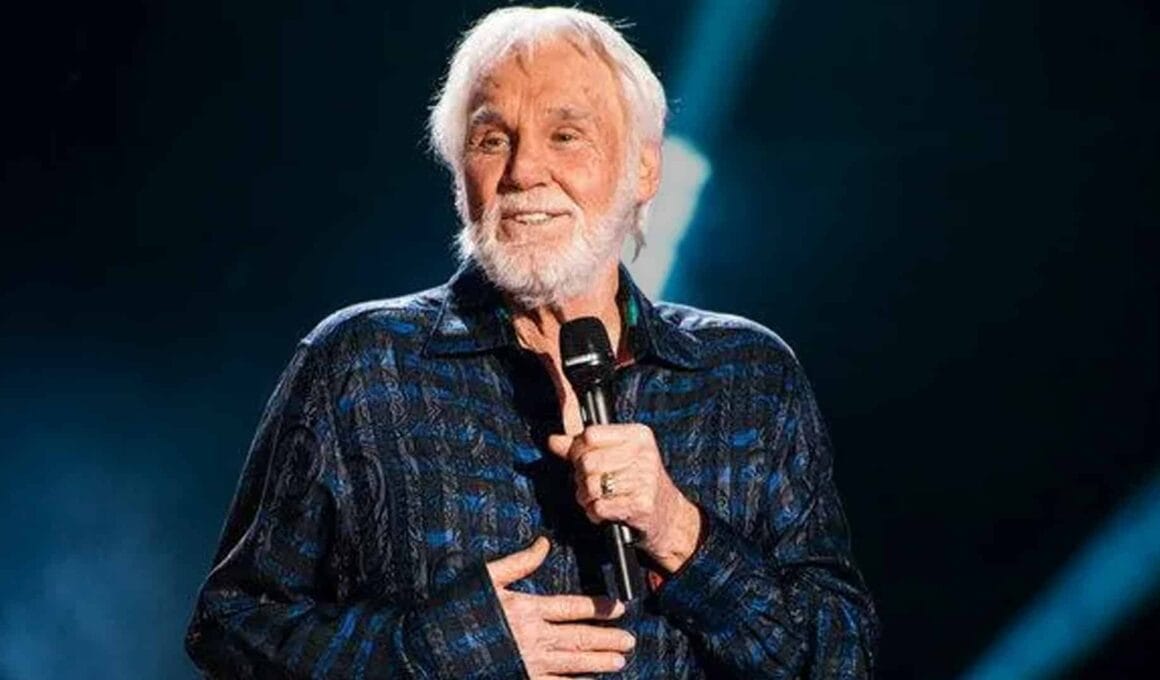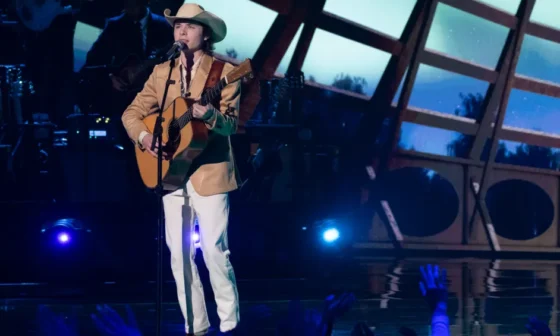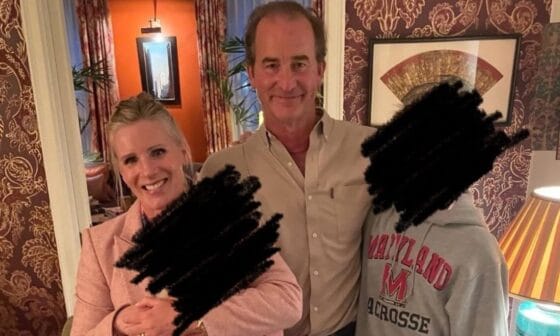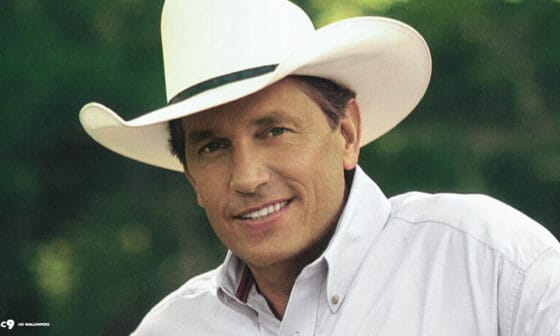Kenny Rogers stood onstage for the last time with that familiar smile and easy charm, but behind it lingered something deeper. In his final on-camera appearance before passing in 2020, the country icon chose not to tell another lighthearted story. Instead, he left behind a confession—one rooted in hardship, faith, and resilience. It was, perhaps, his way of leaving one last lesson for the world.
From the Projects to the Spotlight
“We were poor, there’s no doubt about that.” Kenny Rogers never sugarcoated his beginnings. Before the Grammys, the Hall of Fame induction, and 120 hit singles, he was just another boy growing up in the projects of Houston, Texas. Cracked sidewalks, tiny apartments, no manicured lawns—just grit, faith, and a belief that tomorrow could be better.
What the Rogers family lacked in money, they made up for in music. “My father played fiddle, and all his brothers and sisters played instruments,” Kenny recalled. “They’d get on the porch and play, and the family would sit out in the yard.” Music was their currency—porch pickin’, yard singing, and joy that didn’t cost a dime.
His siblings echoed the truth of their upbringing. Brother Roy admitted, “We were poor, there’s no doubt about that.” Sister Sandy added, “We struggled, but we had faith that we would make it through.” That same faith, carried in Kenny’s voice, would one day echo across the world.
A Voice Carved From Struggle
Decades later, you could still hear Houston’s projects in his songs—the grit, the hunger, the yearning. Dolly Parton, his longtime friend and duet partner, reminded fans of just how far he came. “With all that Kenny made in his life, he, like me, was brought up very poor,” Dolly said in A&E Biography: Kenny Rogers. “We understood that world, and how much we wanted things.”
That hunger fueled a career that spanned 70 years, 18 American Music Awards, and countless comebacks. He was, as Dolly affectionately called him, “the comeback kid.” Just when it seemed he had reached the end of his road, another hit would rise—proof that resilience never left him.
The projects raised him, but music saved him. Neighbors remembered him singing endlessly, clinging to the one thing that felt bigger than poverty. His sister Sandy believed it was always his destiny. She was right—his voice became his golden ticket out of Houston, out of hardship, and into legend.
The Final Curtain
By 2017, at his farewell concert All In for the Gambler, Kenny stood onstage surrounded by country royalty—Reba McEntire, Lady A, Chris Stapleton, Jamey Johnson—artists who had been shaped by his legacy. Looking out at the crowd, he admitted, “You don’t do something for 70 years and just walk away from it.” And yet, just three years later, he did.
Kenny Rogers passed away in 2020, surrounded by family—his wife Wanda Miller and his five children at his side. The tributes poured in. Lionel Richie mourned the loss of a best friend. Hillary Scott of Lady A called him “truly the greatest.” And Dolly Parton, his closest duet partner, wept openly for the boy from Houston who had walked every mile of hardship beside her.
The Lesson He Left Behind
Kenny Rogers left the world with platinum records, sold-out arenas, and more awards than most singers ever dream of. But in the end, what mattered to him wasn’t the fame or fortune—it was that front porch in Texas. The fiddle. The laughter. The struggle. The faith.
To the world, he was The Gambler. To himself, he was still just that poor kid from Houston who bet it all on a song—and against every odd, he won.






